Ultimate Guide to Buying Coworking Office Furniture in 2025
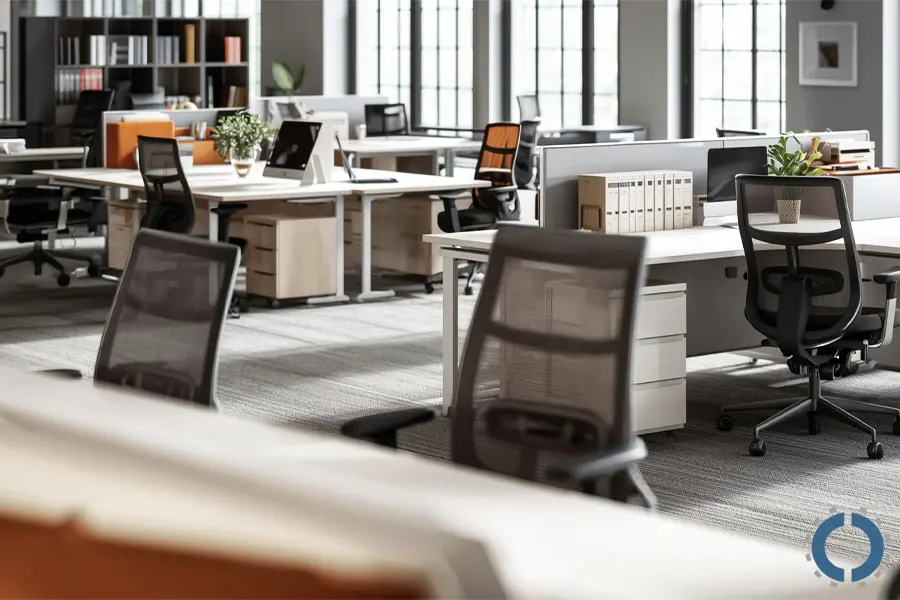
In today’s businesses, coworking spaces have become one of the most important work environments for freelancers, startups, and small teams.
In these spaces, choosing the right office furniture can directly impact employee comfort, daily productivity, social interactions, and even your workspace brand.
Coworking office furniture is a core part of the experience users have every day in offices.
Ergonomic office desks, adjustable chairs, modular furniture, and multi-purpose spaces can all foster a sense of collaboration, focus, and belonging among team members.
On the other hand, choosing the wrong furniture can lead to fatigue, disorganization, and even reduced user satisfaction.
In this guide, we’ll explore the most important factors to buying coworking office furniture in 2025, from ergonomic tips to quality.
You’ll find everything you need to create an efficient workspace in this guide.
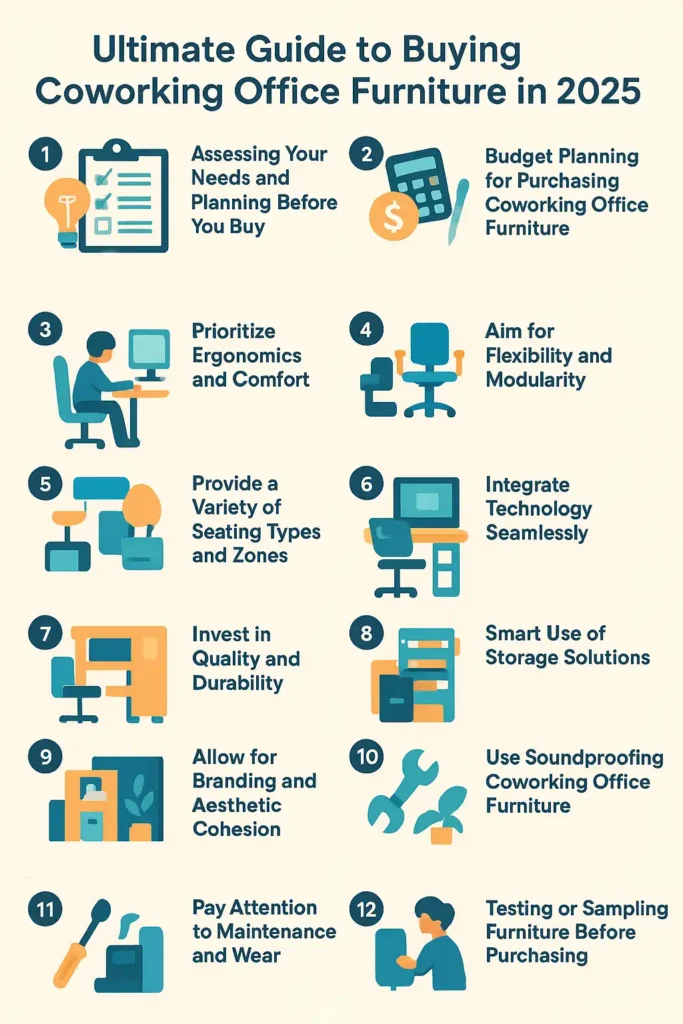
You Might Also Enjoy: Who Are the Best Suppliers of Ergonomic Office Furniture for Corporate Spaces?
Guide on Buying Coworking Office Furniture
1. Assessing Your Needs and Planning Before You Buy
Before you enter the coworking office furniture selection and purchase phase, you need to have a clear view of the actual needs, capacity, type of users, and overall goal of designing the workspace.
The mistake many coworking space managers make is that they go straight to the purchase without knowing what type of office furniture is suitable for what purpose.
Freelancers often need small desks, shared spaces, and comfortable office chairs Houston to focus for hours.
Startups need modular, reconfigurable coworking office furniture to move teams or create collaborative spaces quickly.
If there is a lot of movement, your furniture should be portable, lightweight, and modular.
Before purchasing, you should prepare a detailed map of your workspace, including the exact dimensions of each area, the location of power outlets and network ports, natural and artificial light sources, and circulation routes and gathering points.
2. Budget Planning for Purchasing Coworking Office Furniture
One of the most important steps in the process of purchasing coworking office furniture is determining and managing a budget.
In fact, proper budgeting allows you to strike a balance between quality, beauty, and durability.
First, you need to know how much capital you have to equip the coworking space and what parts this budget should be divided into.
To determine a realistic budget, in addition to the initial purchase cost, you should also consider the cost of long-term maintenance and repairs.
It’s important to know this: The true value of furniture lies in its durability, comfort, and impact on the user experience, not just the number on the invoice.
Also, if you have a limited budget, it is better to buy furniture in stages.
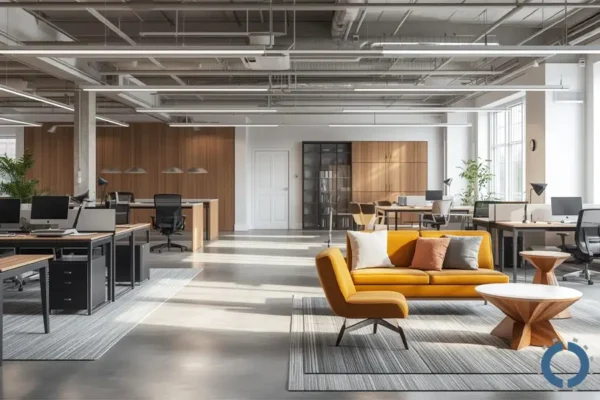
3. Prioritize Ergonomics and Comfort
One of the most important principles you should always consider when purchasing coworking office furniture is ergonomics and employee comfort.
When people spend long hours at a desk, every piece of furniture, such as the height of the chair, desk, or monitor angle, can have a direct impact on their physical health, mental focus, and ultimately productivity.
In a coworking workspace where different users work with different needs, physiques, and habits, ergonomics are doubly important.
Using adjustable ergonomic chairs allows employees to adjust the height, back angle, and armrests to suit their height and body shape.
Also, one of the popular trends in modern workspaces is height-adjustable desks.
In coworking environments, several height-adjustable desks can be placed so that people can use them depending on their taste or physical needs.
In addition, using monitor arms helps keep the screen at eye level and the neck in a proper position.
You Might Also Enjoy: Where Can I Find the Largest Selection of Office Furniture
4. Aim for Flexibility and Modularity
Unlike traditional offices that have a fixed structure and specific users, in a coworking workspace, the people, activities, and number of employees may vary every day.
For this reason, choosing coworking office furniture that is flexible, movable, and modular is crucial to maintaining space efficiency.
Modular office furniture allows the space to be quickly and effortlessly transformed for different situations.
For example, tables that can be used individually or put together for group meetings give the space great flexibility.
Also, wheeled tables, movable partitions, demountable walls, and movable shelves allow users to prepare the environment for a new event, meeting, or activity in no time.
Stackable or foldable chairs that stack on top of each other or tables that fold down allow for quick space freeing.
In shared spaces, every square meter counts; therefore, choosing multifunctional furniture can save significant space and cost.
5. Provide a Variety of Seating Types and Zones
One of the important factors when buying coworking office furniture is to create variety in seating styles and types of workspaces.
The users of these spaces are different people, so not everyone can achieve optimal productivity in the same type of environment or behind the same type of desk and chair.
For example, open desks are ideal for everyday tasks, short meetings, or when people need to interact and chat.
This is usually the most important part of a coworking space, where people sit freely and networking takes place.
In addition to open space, private office cubicles, call pods, or phone booths are essential for focused work or confidential calls.
These spaces are designed with soundproof walls and provide a quiet environment for high concentration or video meetings.
On the other hand, in a coworking workspace, lounge areas are essential to create a sense of intimacy and escape from the formal atmosphere.
Having high tables or bar seating allows users to use a different space for short-term work, quick conversations, or checking emails.
6. Integrate Technology Seamlessly
Coworking spaces should be able to seamlessly meet the needs of users who need digital tools.
Using coworking office furniture equipped with technological features, in addition to greater comfort and efficiency, gives the space a modern and professional look and enhances the work experience for employees.
One of the most basic needs of users in a coworking space is easy and quick access to electricity and charging ports.
For example, desks equipped with power outlets, USB ports, or even built-in HDMI inputs.
Using cable management systems such as under-desk trays, clips, and grommets helps keep wires neatly and securely hidden.
In modern coworking spaces, using furniture with a cable-less design or with hidden wiring routes creates a clean, professional, and relaxing look.
Such a design allows users to focus more, and the workspace does not feel crowded or cluttered.
You Might Also Enjoy: What No One Tells You About Buying Office Furniture in Houston
7. Invest in Quality and Durability
Since coworking spaces are used by different people daily, the furniture needs to be able to withstand constant, heavy use.
Choosing cheap, low-quality coworking office furniture may seem like a short-term savings, but in the long run, it will lead to repair costs, replacements, and user dissatisfaction.
Due to the constant movement of office furniture in these spaces, durable and industrial materials such as stainless steel, hardwood, or high-quality veneered compressed MDF should be used.
Also, choosing surfaces that are easy to clean, such as scratch-resistant laminates, moisture-resistant paints, and stain-resistant fabrics, will help keep your workspace looking clean and professional.
With businesses becoming more aware of environmental issues, choosing furniture made with sustainable and eco-friendly materials is not only an ethical move but also a competitive advantage.
Using FSC-certified woods, recycled fabrics, or recyclable metals demonstrates your company’s commitment to sustainability and social responsibility.
8. Smart Use of Storage Solutions
In coworking workspaces, multiple users, different personal devices, and the daily rotation of equipment can quickly lead to disorganization.
For this reason, designing effective storage systems is essential to creating an efficient and organized work environment.
Everyone in a coworking workspace needs to keep their personal belongings, such as laptops, documents, or accessories, in a secure place.
Personal lockers are the best option for this purpose.
In addition to personal space, it is important to have shared shelves or cabinets for common items such as office supplies, documents, or printing equipment.
Benches with hidden drawers or storage, desks with shelves underneath, or poufs with space inside for personal items can also be useful.
 9. Allow for Branding and Aesthetic Cohesion
9. Allow for Branding and Aesthetic Cohesion
In a coworking space, interior design and office furniture selection are ways to strengthen your business brand and create a cohesive user experience.
Choosing brand-aligned colors, fonts, patterns, and even the shape of your coworking space furniture should reflect your brand personality.
Using unique or custom coworking office furniture in your entrance, waiting room, or meeting room can reflect your company’s personality.
Along with the elements in harmony with the brand, the atmosphere should be warm and motivating.
For example, adding natural plants, in addition to being beautiful, helps improve air quality and employee morale.
Using a variety of textures, such as fabric, leather, wood, or stone, gives more depth and character to the space.
You Might Also Enjoy: How to Optimize Office Space in 2025: 8 Ways
10. Use Soundproofing Coworking Office Furniture
One of the biggest challenges in coworking spaces is noise pollution and a lack of sound control.
When furniture and space design are not designed to absorb sound, ambient noise can disrupt users’ concentration, increase their stress, and even reduce productivity.
Using simple tables and chairs without partitions or sound-absorbing walls allows sound to spread freely throughout the environment.
To reduce noise, acoustic panels, sound partitions, carpets, and coworking office furniture with sound-absorbing coverings should be used.
You should also arrange desks, chairs, and workstations so that noise has a clear path and causes minimal disruption in sensitive areas such as concentration zones or meeting rooms.
11. Pay Attention to Maintenance and Wear
One of the important factors in buying coworking office furniture is not choosing low-quality furniture.
Choosing low-quality wood, thin metal, or weak plastic may save you money in the short term, but over time, it will cause pieces to break, crack, or warp.
Coworking space furniture with sensitive or stain-prone fabrics can cause dirt to accumulate and reduce the visual appeal of the environment.
Furniture with complex joints or connections that are difficult to repair requires a lot of time and money to maintain.
The best solution is to choose coworking furniture that, in addition to being of high quality, is easy to repair and replace.
12. Testing or sampling furniture before purchasing
One of the biggest mistakes coworking space managers make when purchasing office furniture is making decisions based just on catalogs, photos, or online descriptions.
Although images and specifications can be a good guide, you can’t be sure of the quality, comfort, and fit of the furniture in your space until you test and touch it up close.
By testing the furniture in person, you can ensure that the height of the table and chair is suitable for your employees.
You can also make sure that the quality of materials, stitching, and fittings matches the manufacturer’s description.
Such reviews prevent you from buying low-quality products or spending money on furniture that will need repairs after a few months.
Conclusion
Ultimately, buying coworking office furniture for a coworking space in 2025 is an investment in the user experience and the future of your brand.
In this guide, we learned that before making any purchase, you should understand your users’ needs, carefully analyze the space, and set a realistic budget.
Remember that every choice you make can have a direct impact on user focus, productivity, and satisfaction.
Now is the time to take a close look at your coworking workspace.
Identify the strengths and weaknesses of your current office furniture, review user needs, and design a phased purchase or renovation plan.
Written by:
John Ofield
President/CEO at Collaborative Office Interiors
Collaborative Office Interiors is a complete office furniture and systems provider in the Houston, Austin, and San Antonio areas. COI specializes in providing high-quality/low-cost solutions to companies that are moving, upgrading, or expanding.
John opened ROSI Office Systems in 1993, and the company today is on Inc. Magazine’s Top 5000 Fastest Growing Companies in 2018. John specializes in new office furniture, space planning, new workstations, Work Fit products, remanufactured Haworth cubicles, asset management, furniture liquidation, and office furniture rentals.

John Ofield is the owner of Collaborative Office Interiors. Houston’s trusted source for modern and commercial office furniture, office cubicles, demountable walls, office desks and tables, and complete workspace solutions. With more than 40 years of experience, he combines deep product knowledge with hands-on space-planning expertise to create ergonomic, productivity-focused work environments for businesses across Southeast Texas.

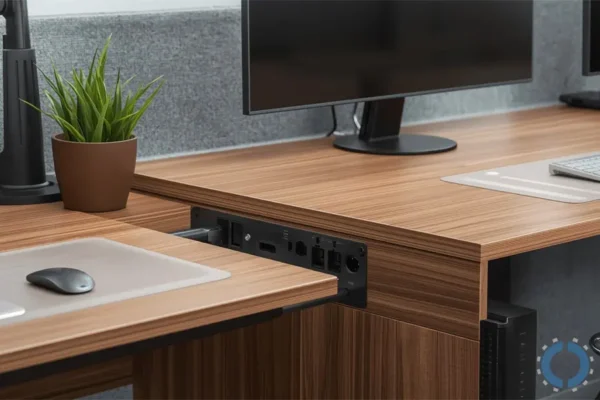
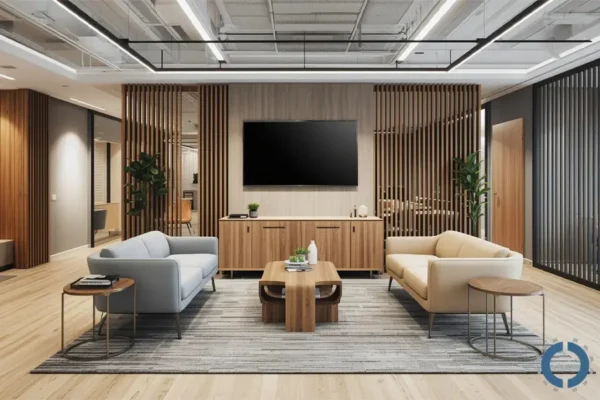 9. Allow for Branding and Aesthetic Cohesion
9. Allow for Branding and Aesthetic Cohesion

